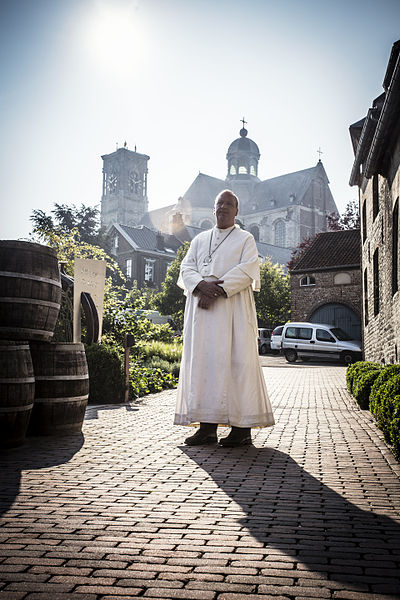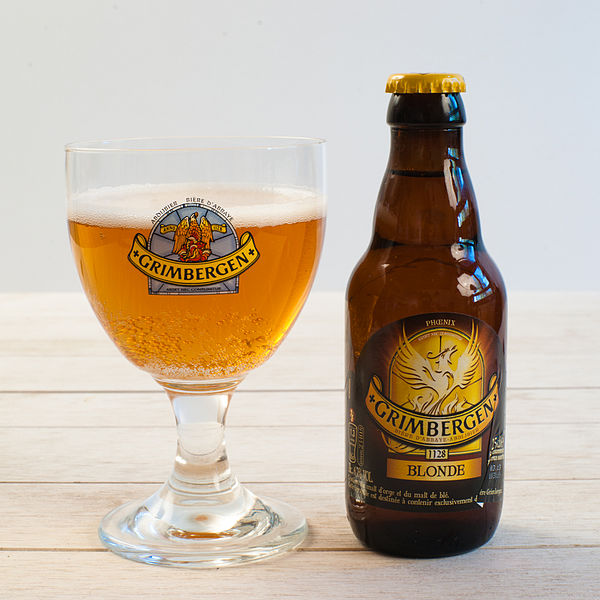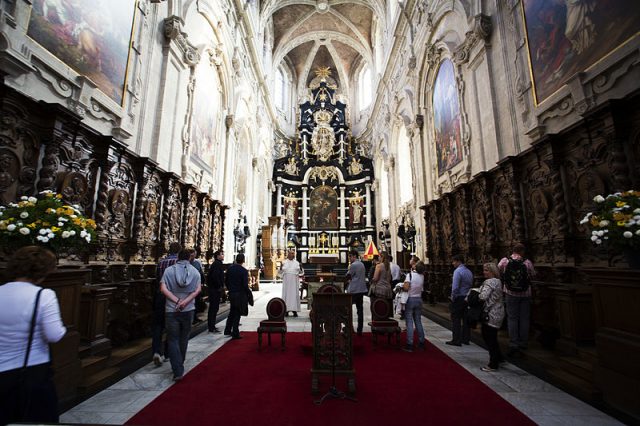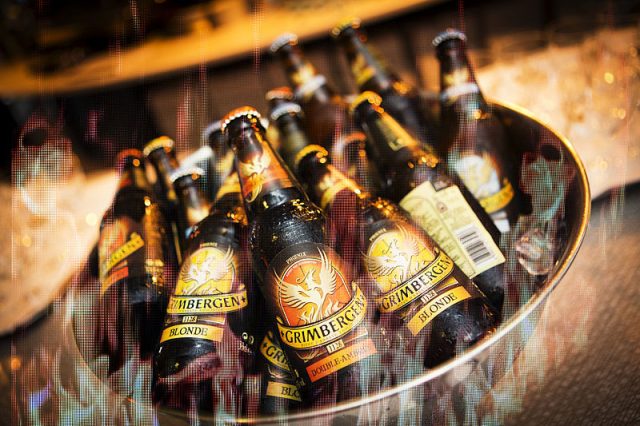For five centuries, the Belgian monks of the Grimbergen abbey proudly brewed their own beer–until anti-Catholic French troops ransacked the brewery and smashed their equipment in 1798. But the abbey’s emblem is a phoenix with the Latin motto “Ardet nec consumitur,” meaning “Burned but not destroyed,” and they weren’t going to give up forever.
As of May 2019, the beer of these Belgian monks is preparing to flow again, as the monks are rediscovering and resurrecting the historic recipes and instructions from their archives. “Brewing and religious life always came together,” said Karel, one of 11 Norbertine canons living in the abbey.

The monks are determined to rediscover their expertise. “For us, it’s important to look to the heritage, to the tradition of the fathers for brewing beer because it was always here,” Father Karel Stautemas said in an interview with Reuters.
“The Grimbergen name already appears on Belgian beer, thanks to licensing deals with two commercial breweries: Carlsberg brews Grimbergen beers for the international market, while Heineken-owned Alken-Maes brews for the domestic market in Belgium,” according to Reuters. “The abbey gets part of those profits; now it wants to get directly involved in making the beer.”

Marc-Antoine Sochon, who is an expert at Carlsberg, will reportedly be the project’s brewmaster. “We will keep the same yeast, which will bring all the fruitiness and spiciness and we will start to dig into more innovations, such as barrel-ageing, dry-hopping,” Sochon said, adding special edition batches could be just 60 hectolitres. The project, Carlsberg financed, will focus on locally produced crops. The abbey has planted hops in its garden to prepare.

Reuters also reported that the Grimbergen’s monks will follow the rules of Belgium’s Trappist beer makers, even though they are not a Trappist order, requiring them to brew within the abbey walls, control the brewing, and steer profits toward maintaining the abbey and supporting charitable causes. Some of the books saved from the marauding French in the abbey’s library date back to the 12th century. Those that dealt with brewing beer are in Latin and Old Dutch, so clearly some updating will be required.

“We’ve spent hours leafing through the books,” Father Karel said, “and have discovered ingredient lists for beers brewed in previous centuries, the hops used, the types of barrels and bottles, and even a list of the actual beers produced centuries ago.” Before its library was destroyed, the abbey’s monks desperately knocked a hole in a wall and that was the means for protecting the books. The abbey itself was rebuilt.
Related Video:
https://youtu.be/-Nz0a6yFEUc
For centuries, Grimbergen Abbey has been associated with the symbol of a phoenix, said NPR. Its monks adopted the mythical animal as part of their coat of arms in 1629, after rebuilding the abbey following an earlier period of religious strife. An estimated 30,000 priests were exiled from France following the societal upheavals of the late 18th century. By 1794, France’s churches and religious orders were being closed down and religious worship suppressed. Some priests went into hiding. On Feb. 18, 1793, the Convention voted a prize of 100 livres to any citizen who turned in a priest.
Related Article: The World’s Oldest Continuously Operated Brewery Nears its 1,000th Birthday
By the spring of 1794, almost none of France’s 40,000 churches were open. Many abbeys and nunneries had been wrecked. Napoleon Bonaparte displayed respect for the Pope and as he rose in power, the anti-Catholic measures were no longer enforced.
To find out more please visit grimbergenbeer.com.
Nancy Bilyeau, a former staff editor at Entertainment Weekly, Rolling Stone, and InStyle, has written a trilogy of historical thrillers for Touchstone Books. Her new book, The Blue, is a spy story set in the 18th-century porcelain world. For more information, go to www.nancybilyeau.com
